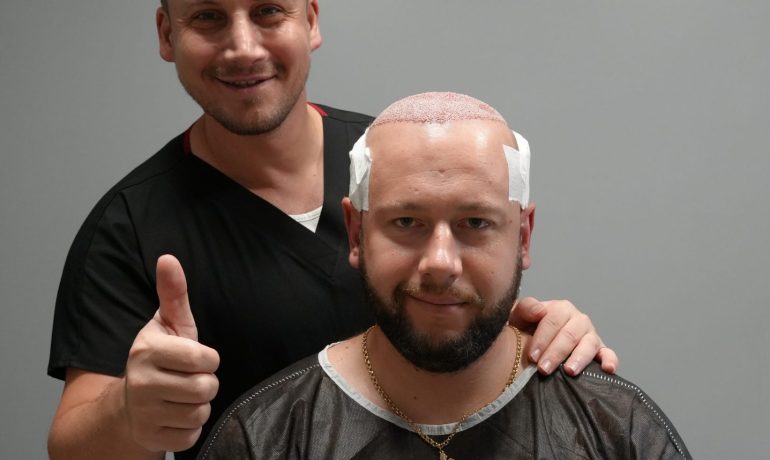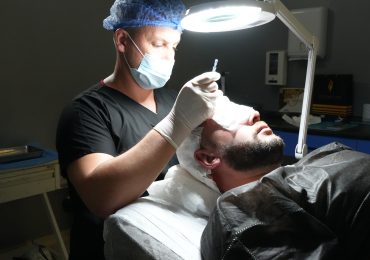What is Hair Transplantation?
Hair transplantation is a surgical procedure designed for individuals experiencing hair loss. During the process, healthy hair follicles are taken from a part of the body with dense hair growth and transplanted to areas experiencing hair thinning or balding, using advanced medical techniques. Hair transplantation is not only used for hair loss but can also be applied to thicken areas where hair density has decreased. Many patients have observed successful hair regrowth in the treated areas after the procedure.
Hair loss affects nearly 50% of men over the age of 50, making hair transplantation one of the most popular aesthetic procedures for men. However, it is not limited to men—women can also experience significant hair loss or thinning, making them candidates for the procedure as well.
Causes of Hair Loss
Hair loss is commonly caused by genetic factors. However, it can also result from aging, traumatic injuries, or medical conditions. Regardless of the cause, hair transplantation is a viable solution for individuals with enough healthy hair follicles. It is a versatile treatment not only for scalp hair loss but also for thinning or loss in areas like eyebrows, beards, or other body regions where hair is desired.
How is Hair Transplantation Performed?
The procedure involves extracting hair follicles from a donor area—typically the nape of the neck—and transplanting them to the balding or thinning region. These follicles, known as grafts, are carefully implanted in the targeted area to promote hair growth. In some cases, if the donor area does not have sufficient hair, follicles can be harvested from other parts of the body, such as the arms, legs, or chest.
The duration of the hair transplant surgery depends on the extent of hair loss and the number of grafts required. In cases of extensive baldness, multiple sessions may be necessary. The procedure is usually performed under local anesthesia with sedation. Afterward, a special bandage is applied to the treated area, and the patient is monitored for 1-2 hours before being discharged.
Post-surgery, pain is rare, but painkillers can be prescribed if needed. Patients are advised to rest at home for a short period. After the recovery period, individuals can return to work, taking care to protect the transplanted area with a bandage. Follow-up visits will be required to change the bandages and monitor progress.
Hair Transplant Diagnosis and Treatment
Hair loss can also be defined as the inability of hair to regenerate properly. It is normal to lose around 80-100 strands of hair per day. However, if hair loss exceeds this amount, medical intervention may be necessary. If hair loss continues despite medical treatments, hair transplantation, a more permanent surgical solution, can be considered.
Hair Transplantation Methods
Various hair transplantation methods exist, each with unique benefits. A personalized approach is taken for each patient based on the type and extent of their hair loss. Popular methods include FUE (Follicular Unit Extraction), FUT (Follicular Unit Transplantation), and DHI (Direct Hair Implantation).



